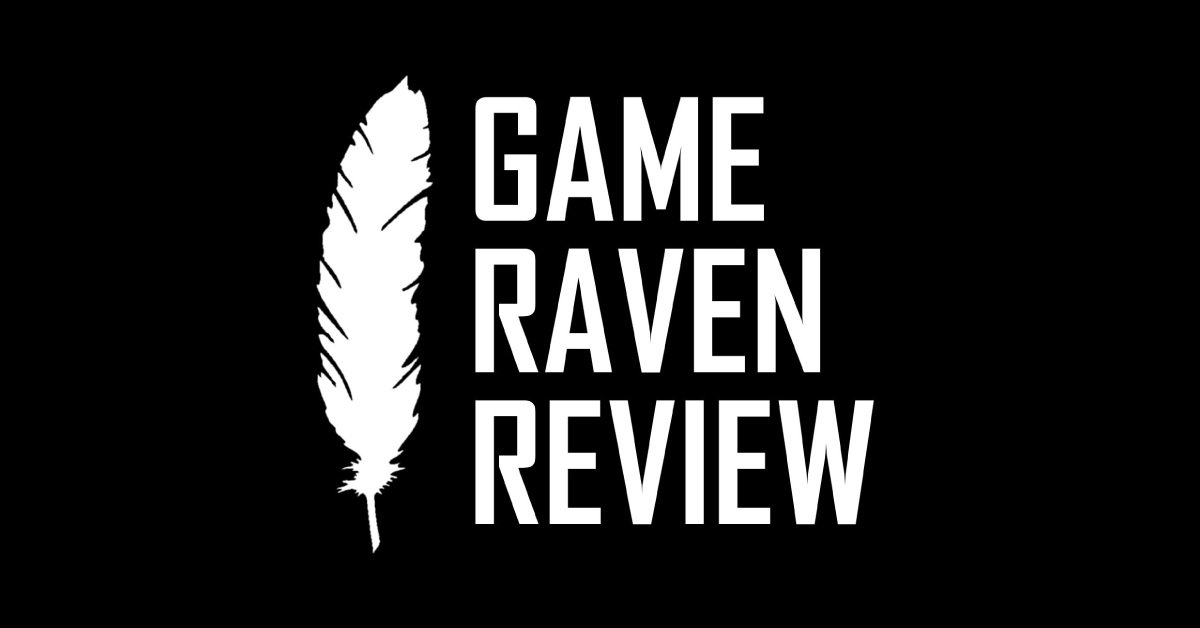It might look like Settlers of Catan at first glance, but Dorfromantik could more aptly be called the solitaire of tabletop simulators.
Created and published by Toukana Interactive, Dorfromantik is a casual strategy puzzle game that allows players to build their own picturesque countryside one piece at a time. Based in Germany, Toukana Interactive was founded in early 2020 by four game design students attending HTW Berlin. Their second venture, Dorfromantik, showcases their whimsical disposition and talent for crafting games that keep the player coming back for more.
GRAPHICS 8.5/10
Dorfromantik draws you in with tranquil landscapes and keeps you hooked with tricky gameplay.
Quaint and colorful, this game has a cute, cel-shaded style that instantly catches the eye. Red-shingled houses and trees have a hand-drawn quality, and natural features like plains and lakes are filled in with rough strokes of color, giving the appearance of an oil painting. Changing seasons are represented by gradual variegation across the board, fields of green and purple slowly bleeding into warmer hues of russet and gold. Deer wander through woodland meadows, windmills turn in a gentle breeze, and plumes of white smoke drift up from chimneys, adding movement and life to an otherwise stationary landscape. As a gamer drawn first and foremost to visuals, I find the art direction of Dorfromantik one of many shrewd moves in Toukana Interactive’s already blossoming career.
SOUND QUALITY 9.5/10
Drift along on a current of calming music as you expand your world.
Dorfromantik’s soundtrack is curated by Laryssa Okada and Pygoscelis. Only a handful of musical tracks provide a backdrop for the game, but their relaxing atmosphere pairs perfectly with its leisurely pace. One particular track bears an uncanny resemblance to Yoko Kanno’s song “Green Bird” from the anime Cowboy Bebop; another employs the ethereal notes of a piano à la film composer Thomas Newman. The additional sounds of roosters, cows, and horses accentuate the game’s country vibes, while boats and trains chug along their highways and birdsong trickles up from the treetops. There’s also an adorable little pop whenever you lay down a tile (and what sounds like a low note on a glass jug when your placement is invalid). Altogether, the combination of music and sound effects is soothing and transportive.
GAMEPLAY 9.5/10
Although one could literally play this game single-handed (a fact I relish when my cat falls asleep in my arms), that doesn’t mean it’s mindless.
Like any good tabletop sim worth its salt, Dorfromantik is easy to learn but difficult to master. Even after watching the tutorial, it took a few sessions to really wrap my head around how to get the most out of each turn. However, once I finally understood how my actions either promoted or kiboshed a biome’s ability to expand, my high score began to increase by leaps and bounds.
The goal of Dorfromantik is deceptively simple: build outward from a central tile and connect matching biomes to earn as many points as possible before you run out of tiles. Each tile is a hexagon that contains one or more natural or manmade features: village, plain, farm, water, railroad, and forest. Each turn can net you between ten and sixty points depending on how well you align your current tile’s edges with the existing board. The more landscape types you match up, the more points you earn. This wasn’t specifically pointed out in the game’s tutorial for some reason; I discovered it by accident through a combination of trial and error (emphasis on the error part) and online research.
The main focus of Dorfromantik is the quest tiles, which require linking a prescribed number of matching biomes to complete. Fulfilling a quest tile rewards you with bonus points and—more importantly—extra tiles, which are essential to the continuation of your game. Biomes light up when connected to each other, giving you a nice little visual hint about the effectiveness of your placement. Much like chess, surveying the whole board before making your next move is essential. The number of linking biomes required to complete new quest tiles increases the longer you play, so leaving large stretches of farms, rivers, or towns open-ended is definitely a wise move. However, you may choose to ignore a new quest if it means completing another when you’re short on tiles. One tile is drawn from the stack with each turn, and once you run out, it’s game over. See how long you can keep your session going—the longer you play, the higher your score!
OVERALL 9/10
Toukana Interactive’s Dorfromantik ticks all the right boxes for a peaceful yet engaging game.
The beautiful landscapes, clever mechanics, and constant desire to beat your high score will have you saying ‘Just one more game!’ like it's nine o’clock on a school night. Every session is unique and culminates in a new map that’s just as beautiful and organic as the last, resulting in a very high replay value. The combination of strategic puzzle solving and creative worldbuilding is also downright addictive. It’s just the right amount of challenging and relaxing, and when mixed with a bird’s-eye view of the halcyon world emerging almost as an afterthought of your game, it evokes a satisfying sense of productivity and serenity. I can already tell that Dorfromantik is one of those games I’ll be coming back to again and again for years to come.
This game was released for PC on March 25, 2021 and is currently available for early access on Steam. A free demo is also available. The reviewer purchased this game at full price (and it was worth every penny!)








